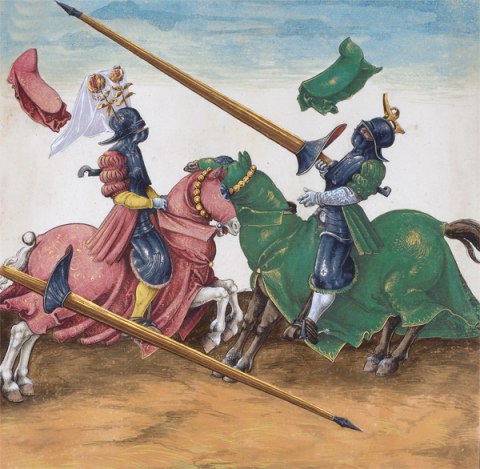D. Rulership, feasts and ceremony

The promotion of music by rulers tended, according to tradition, to be displayed in public festivities and church celebrations. The self-image of rulers as pious patrons of the Church also led to opulent foundations for the cultivation of music within churches and monasteries. Endowed chapels in castles and religious orders became centres of musical production: indeed, the modern musical term ‘chapel’ goes back to this tradition. On entrance into a city, rulers allowed themselves to be greeted publicly by their subjects with singing; other noble travellers also tell of musical performances by the populace, either voluntary or for money. Artists employed by court, such as trumpeters and drummers, heralds and court poets, ensured public attention wherever a ruler appeared. From the early 15th century, the Habsburgs employed well-known composers and ordered festal music for ceremonies. Archival sources furnish the names of many musicians who could perform publicly at court or in the service of a church or city administration. The court music of Maximilian I was organised in varied ways and was artistically oriented beyond the region. At particularly significant celebrations such as princely weddings, the festal splendour competed with that of neighbouring courts and nobles.
The essays marked with * are not yet available online.
Musik in der Burg: Burgen und ihre Privatkapellen*
Reinhard StrohmAdvenisti: Fürsten und Diplomaten auf Reisen*
Reinhard StrohmKrieg und Lied im Spätmittelalter
Deanna PelleranoHofmusik. Albrecht II. und Friedrich III.
Mirjam KlugerHofmusik. Innsbruck unter Herzog Siegmund*
Reinhard StrohmThe Waldauf foundation at St. Nicholas' church, Hall in Tirol
Grantley McDonaldMusik für Kaiser Karl V. (1530)
Birgit Lodes